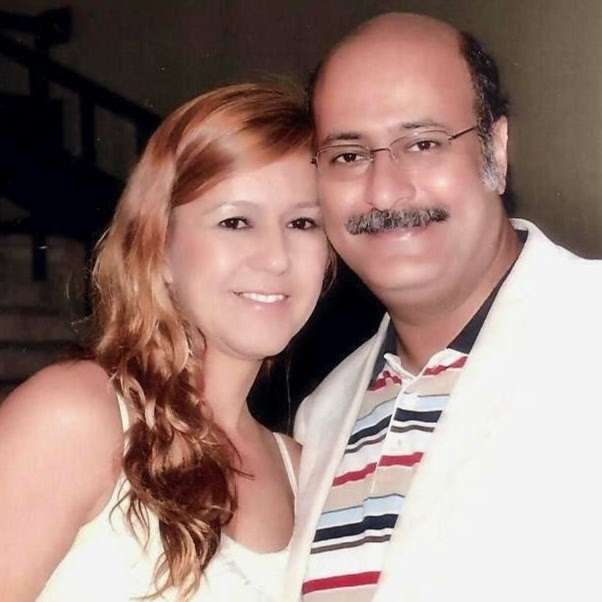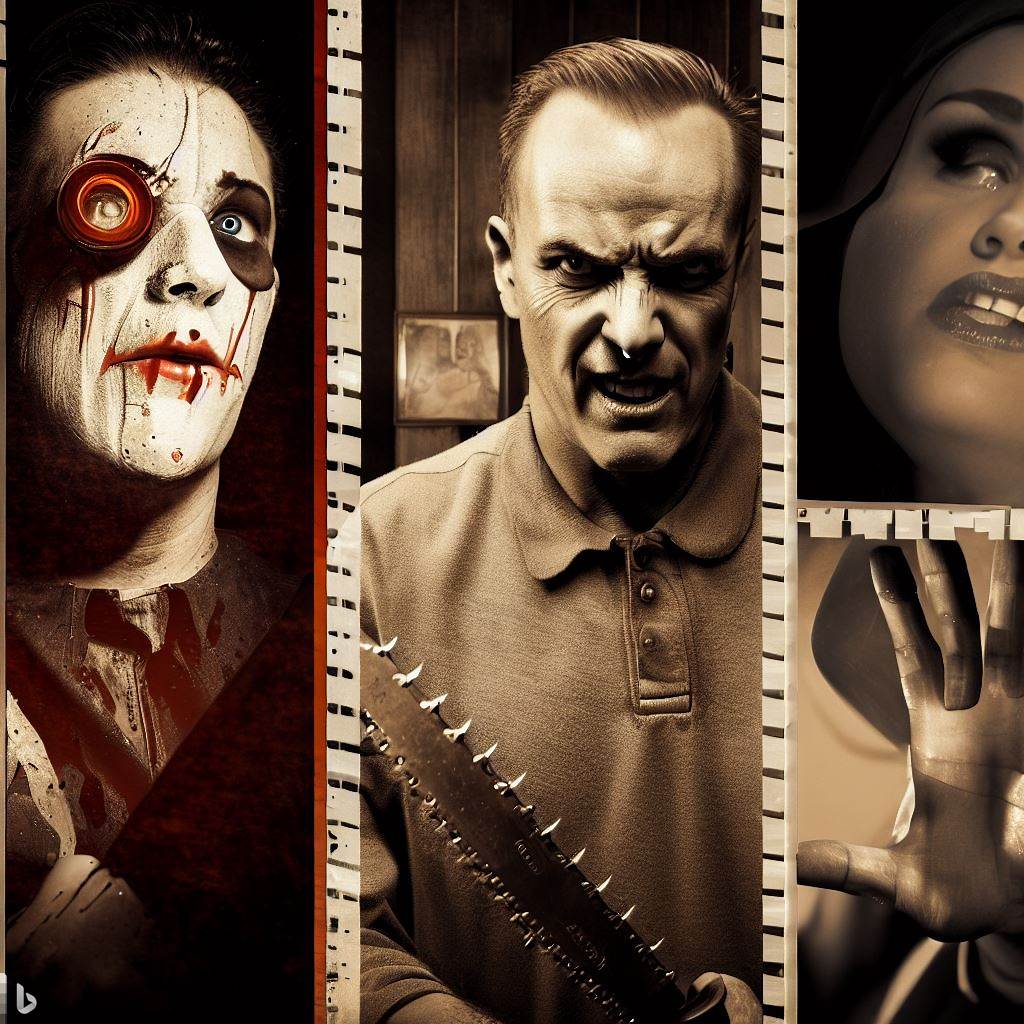by Sherif M. Awad
Introduction
Horror movies are one of the most popular and enduring genres in cinema. They have the power to evoke our deepest fears, challenge our expectations, and entertain us with their creativity and craftsmanship. But how did horror movies come to be? How have they changed over time? And what makes them so appealing to audiences?
In this blog post, we will explore the evolution of horror film genre, from its origins in the 19th century to its current state in the 21st century. We will examine some of the most influential horror films and directors in history, and how they shaped the genre with their styles and themes. We will also discuss some of the trends and sub-genres that have emerged or evolved in recent years, and how they reflect the social and cultural context of their time.
Whether you are a fan of horror movies or not, you will find this blog post informative and interesting. You will learn how horror movies have developed as an art form and a cultural phenomenon, and how they have influenced and been influenced by other genres and media. You will also discover some of the best horror movies of all time, and maybe find some new favorites to watch.
Table of Contents
- The Golden Age of Horror
- The Hitchcock Era
- The Rise of Slasher Movies
- The Modern Horror Scene
- Conclusion
- Frequently Asked Questions
The Golden Age of Horror
The period between the 1920s and 1930s is widely considered to be the golden age of horror, when the genre emerged as a distinct category in cinema. This era was marked by the production of many silent and sound films that introduced iconic monsters and characters that defined the genre.
One of the pioneers of horror films was Georges Méliès, a French filmmaker who created the first horror movie in 1898, called Le Manoir du Diable (The House of the Devil). The three-minute film featured a bat that turned into a demon, a cauldron, a skeleton, ghosts, and other supernatural elements that were achieved with innovative special effects.
However, it was not until the 1920s that horror films gained popularity and recognition as a genre. Some of the most influential silent films of this decade were The Cabinet of Dr. Caligari (1920) and Nosferatu (1922), both from Germany. The Cabinet of Dr. Caligari was a psychological thriller that used expressionist techniques to create a distorted and surreal atmosphere. Nosferatu was an unauthorized adaptation of Bram Stoker’s Dracula that used realistic makeup and shadows to create a terrifying vampire.
In the 1930s, horror films transitioned to sound and color, and were dominated by Hollywood studios like Universal Pictures and RKO Pictures. Some of the most famous films of this decade were Frankenstein (1931), The Mummy (1932), Dracula (1931), King Kong (1933), The Invisible Man (1933), and The Bride of Frankenstein (1935). These films featured legendary actors like Boris Karloff, Bela Lugosi, Lon Chaney Jr., and Elsa Lanchester, who portrayed memorable monsters with elaborate costumes and makeup.
The Hitchcock Era
In the 1940s and 1950s, horror films underwent a transformation thanks to the works of Alfred Hitchcock, who revolutionized the genre with his mastery of suspense and psychological thrill. Hitchcock was known as “the master of suspense” for his ability to create tension and fear in the audience with his camera angles, editing, music, and storytelling.
Hitchcock’s films differed from the previous horror films in several ways. First, he focused more on human characters than supernatural creatures, and explored their motives, emotions, and flaws. Second, he used elements of mystery, crime, voyeurism, and violence to create a sense of realism and unpredictability. Third, he often subverted the expectations of the audience by killing off main characters, using plot twists, and breaking the fourth wall.
Some of Hitchcock’s most famous horror films are Dial M for Murder (1954), Rear Window (1954), Psycho (1960), The Birds (1963), and Frenzy (1972). These films influenced many other filmmakers and genres, such as Brian De Palma, David Lynch, Martin Scorsese, Quentin Tarantino, slasher movies, and psychological thrillers.
The Rise of Slasher Movies
The 1970s and 1980s saw the rise of slasher movies, a sub-genre of horror that featured a masked killer hunting down a group of teenagers in gruesome ways. Slasher movies were inspired by the success of The Texas Chain Saw Massacre (1974), which was based on the true story of serial killer Ed Gein. The film used low-budget techniques, documentary-style cinematography, and graphic violence to create a shocking and realistic horror experience.
The formula of slasher movies was established by Halloween (1978), directed by John Carpenter. The film introduced the iconic character of Michael Myers, a masked psychopath who escaped from a mental institution and stalked a babysitter named Laurie Strode, played by Jamie Lee Curtis. The film also popularized the use of POV shots, jump scares, and the “final girl” trope.
Slasher movies became very popular and profitable in the 1980s, spawning many franchises and sequels. Some of the most notable examples are Friday the 13th (1980), A Nightmare on Elm Street (1984), Scream (1996), and Saw (2004). These films featured memorable killers like Jason Voorhees, Freddy Krueger, Ghostface, and Jigsaw, who used various weapons and traps to kill their victims. Slasher movies also reflected social issues and cultural trends of their time, such as sexuality, morality, consumerism, and technology.
The Modern Horror Scene
The 21st century has witnessed a diversity and innovation in the horror genre, with many new trends and sub-genres emerging or evolving. Some of these are:
- Found footage: A style of horror that uses handheld cameras or surveillance footage to create a sense of realism and immersion. Examples: The Blair Witch Project (1999), Paranormal Activity (2007), Cloverfield (2008).
- Torture porn: A style of horror that focuses on extreme gore, sadism, and suffering. Examples: Hostel (2005), The Human Centipede (2009), The Purge (2013).
- Zombie apocalypse: A style of horror that depicts a global outbreak of zombies that threaten humanity. Examples: 28 Days Later (2002), Dawn of the Dead (2004), World War Z (2013).
- Paranormal activity: A style of horror that involves ghosts, demons, hauntings, and possessions. Examples: The Ring (2002), The Conjuring (2013), Insidious (2010).
- Psychological horror: A style of horror that relies on mental and emotional terror rather than physical violence. Examples: The Sixth Sense (1999), The Others (2001), Get Out (2017).
These are just some of the examples of how the horror genre has changed and developed over time, adapting to new technologies and audiences’ preferences. There are many more sub-genres and styles that could be explored, such as comedy horror, sci-fi horror, body horror, etc.
Conclusion
In this blog post, we have briefly overviewed the history and development of the horror film genre, from its origins in the 19th century to its current state in the 21st century. We have examined some of the most influential horror films and directors in history, and how they shaped the genre with their styles and themes. We have also discussed some of the trends and sub-genres that have emerged or evolved in recent years, and how they reflect the social and cultural context of their time.
We hope you have enjoyed this blog post and learned something new about the horror genre. Horror movies are a fascinating and diverse form of art and entertainment that can offer us many benefits, such as catharsis, escapism, empathy, creativity, etc. They can also challenge us to confront our fears and question our assumptions.

